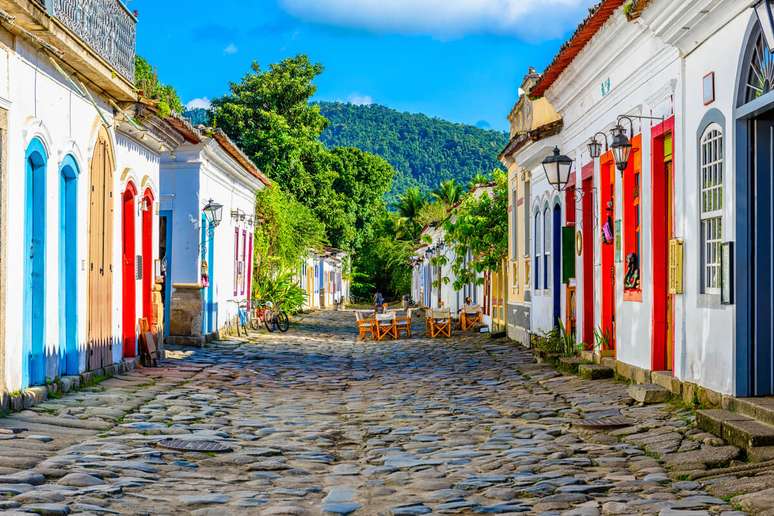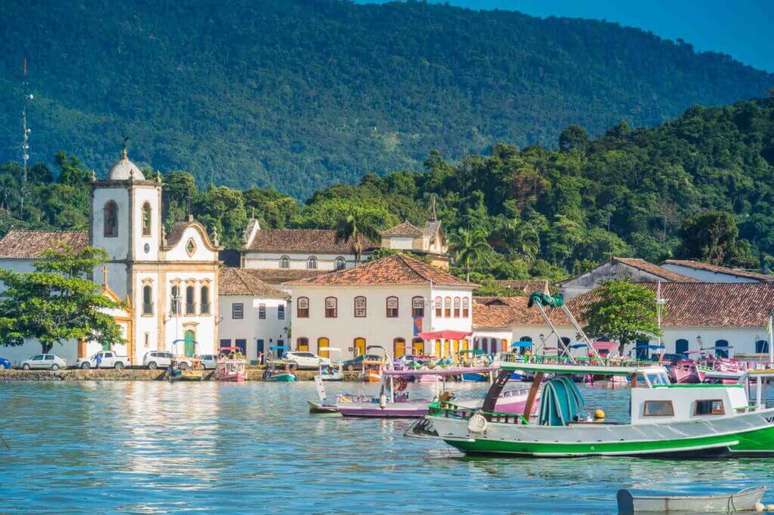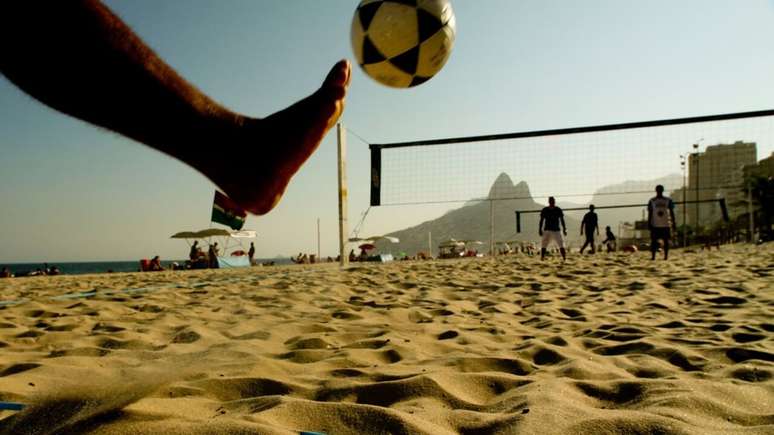Find out what to see in this tourist city full of history and natural beauty
html[data-range=”xlarge”] figure image img.img-75c9f79bd55898f99737b0c117166546qaem20z2 { width: 774px; height: 515px; }HTML[data-range=”large”] figure image img.img-75c9f79bd55898f99737b0c117166546qaem20z2 { width: 548px; height: 365px; }HTML[data-range=”small”] image figure img.img-75c9f79bd55898f99737b0c117166546qaem20z2, html[data-range=”medium”] figure image img.img-75c9f79bd55898f99737b0c117166546qaem20z2 { width: 564px; height: 376px; }
Founded in the early 17th century, Paraty was an important commercial center during the colonial period, mainly due to its strategic location between the northern coast of São Paulo and Rio de Janeiro. The region where Paraty is located today was originally inhabited by the indigenous Guaianá people, before the arrival of the Portuguese in 1502, led by Gonçalo Coelho.
During the 18th and 19th centuries the city developed economically and became an important city commercial and cultural centre, with the construction of several churches, houses and public buildings. However, with the opening of the port of Santos in the early 20th century, Paraty lost much of its economic importance and became relatively isolated from the rest of the country.
Rediscovery and revitalization
It was only starting from the 60s, with the emergence of tourism and the appreciation of historical heritage, that the destination began to be rediscovered by Brazilians and foreigners, undergoing a process of revitalization and conservation of its historical heritage and cultural.
In 1966, Paraty was declared a National Heritage Site by IPHAN, mainly for its historic center, made up of around 300 colonial buildings, including churches, houses, shops, museums and other important buildings.
Beaches, colonial history and architecture
Today the destination is popular not only for its beaches, which can be seen on a boat trip, but also for its rich colonial history and preserved architecture. Visitors can explore the cobbled streets of the old town, with its colorful colonial-style houses, baroque churches, historic squares and old military forts.
The city it became an important port for the trade in gold and precious stones from the mines of Minas Gerais, and was also an important outlet for the sugar produced in the region. In addition, it is also the stage for many cultural events, such as the Paraty International Literary Festival (Flip), which takes place every year and attracts writers and readers from all over the world.

Historical itinerary and ecotourism
Another important attraction for understanding Paraty’s past is the Caminho do Ouro, a historical path that was used to transport this and other riches to the region of Minas Gerais at the local port during the colonial period. The currently best preserved and easiest to visit section is located on the banks of the current Paraty-Cunha road and is an excellent option for those who love hiking and ecotourism.
Trindade, on the other hand, is a neighborhood that attracts young people in search of nature, located 30 kilometers from the city junction, it is located within the Cairuçu Environmental Protection Zone. It is a very peaceful region where contact with the greenery of the Atlantic Forest and the beaches is the main attraction. The region is also home to six of Paraty’s most beautiful beaches (Brava, Cepilho, Rancho, Meio, Trindade and Figueiras), as well as a natural saltwater pool.
By Cláudia Costa and Elíria Buso – Qual Viagem magazine
Source: Terra
Ben Stock is a lifestyle journalist and author at Gossipify. He writes about topics such as health, wellness, travel, food and home decor. He provides practical advice and inspiration to improve well-being, keeps readers up to date with latest lifestyle news and trends, known for his engaging writing style, in-depth analysis and unique perspectives.








